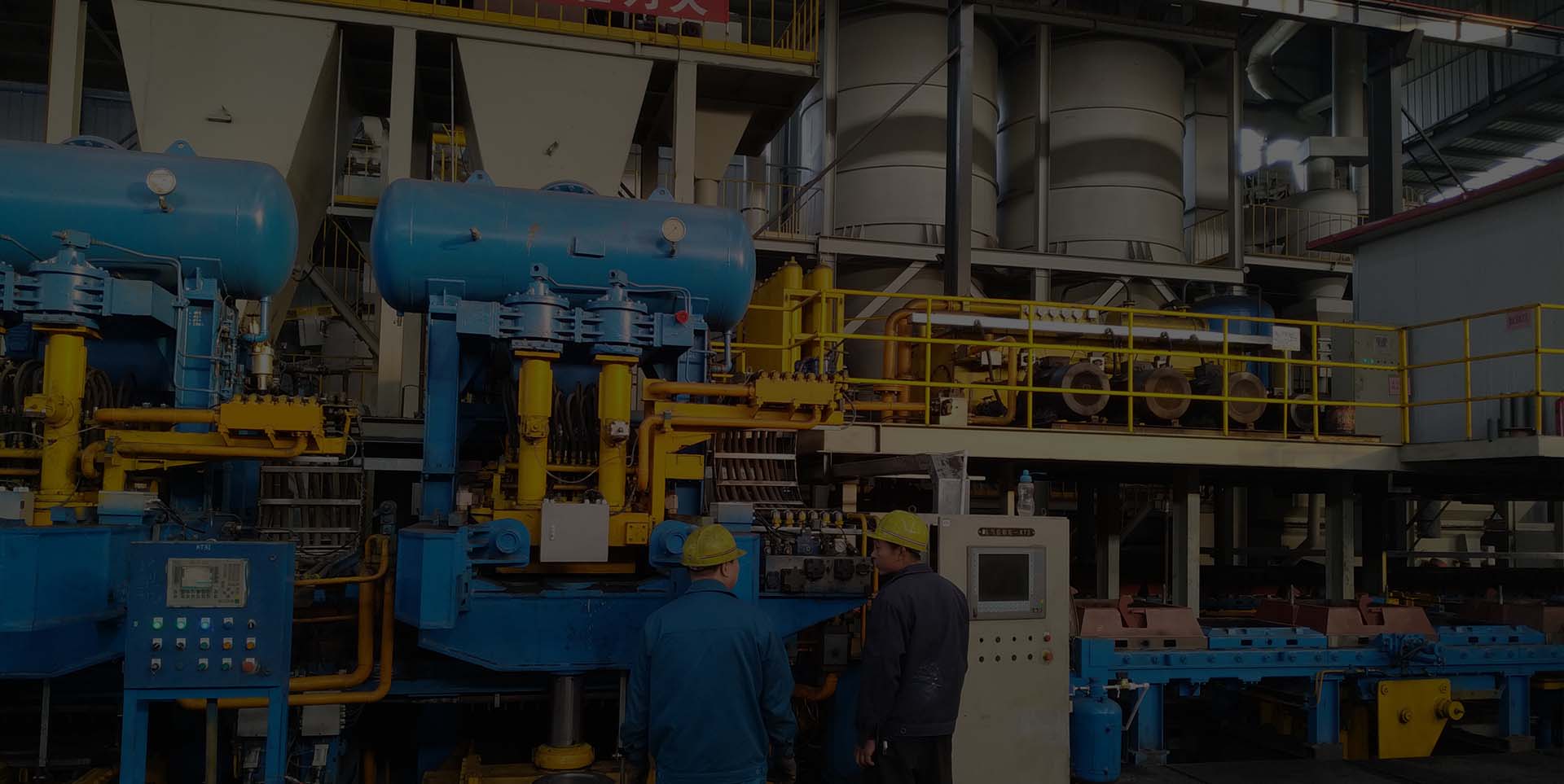
-
 Afrikaans
Afrikaans -
 Albanian
Albanian -
 Amharic
Amharic -
 Arabic
Arabic -
 Armenian
Armenian -
 Azerbaijani
Azerbaijani -
 Basque
Basque -
 Belarusian
Belarusian -
 Bengali
Bengali -
 Bosnian
Bosnian -
 Bulgarian
Bulgarian -
 Catalan
Catalan -
 Cebuano
Cebuano -
 Corsican
Corsican -
 Croatian
Croatian -
 Czech
Czech -
 Danish
Danish -
 Dutch
Dutch -
 English
English -
 Esperanto
Esperanto -
 Estonian
Estonian -
 Finnish
Finnish -
 French
French -
 Frisian
Frisian -
 Galician
Galician -
 Georgian
Georgian -
 German
German -
 Greek
Greek -
 Gujarati
Gujarati -
 Haitian Creole
Haitian Creole -
 hausa
hausa -
 hawaiian
hawaiian -
 Hebrew
Hebrew -
 Hindi
Hindi -
 Miao
Miao -
 Hungarian
Hungarian -
 Icelandic
Icelandic -
 igbo
igbo -
 Indonesian
Indonesian -
 irish
irish -
 Italian
Italian -
 Japanese
Japanese -
 Javanese
Javanese -
 Kannada
Kannada -
 kazakh
kazakh -
 Khmer
Khmer -
 Rwandese
Rwandese -
 Korean
Korean -
 Kurdish
Kurdish -
 Kyrgyz
Kyrgyz -
 Lao
Lao -
 Latin
Latin -
 Latvian
Latvian -
 Lithuanian
Lithuanian -
 Luxembourgish
Luxembourgish -
 Macedonian
Macedonian -
 Malgashi
Malgashi -
 Malay
Malay -
 Malayalam
Malayalam -
 Maltese
Maltese -
 Maori
Maori -
 Marathi
Marathi -
 Mongolian
Mongolian -
 Myanmar
Myanmar -
 Nepali
Nepali -
 Norwegian
Norwegian -
 Norwegian
Norwegian -
 Occitan
Occitan -
 Pashto
Pashto -
 Persian
Persian -
 Polish
Polish -
 Portuguese
Portuguese -
 Punjabi
Punjabi -
 Romanian
Romanian -
 Russian
Russian -
 Samoan
Samoan -
 Scottish Gaelic
Scottish Gaelic -
 Serbian
Serbian -
 Sesotho
Sesotho -
 Shona
Shona -
 Sindhi
Sindhi -
 Sinhala
Sinhala -
 Slovak
Slovak -
 Slovenian
Slovenian -
 Somali
Somali -
 Spanish
Spanish -
 Sundanese
Sundanese -
 Swahili
Swahili -
 Swedish
Swedish -
 Tagalog
Tagalog -
 Tajik
Tajik -
 Tamil
Tamil -
 Tatar
Tatar -
 Telugu
Telugu -
 Thai
Thai -
 Turkish
Turkish -
 Turkmen
Turkmen -
 Ukrainian
Ukrainian -
 Urdu
Urdu -
 Uighur
Uighur -
 Uzbek
Uzbek -
 Vietnamese
Vietnamese -
 Welsh
Welsh -
 Bantu
Bantu -
 Yiddish
Yiddish -
 Yoruba
Yoruba -
 Zulu
Zulu
drum brake vs disk brake
Drum Brake vs. Disc Brake Understanding the Differences
When it comes to vehicle braking systems, two primary types dominate the conversation drum brakes and disc brakes. Each system has its own unique design, advantages, and drawbacks, influencing their application in various types of vehicles. Understanding these differences is essential for vehicle owners, manufacturers, and automotive enthusiasts alike.
Design and Mechanism
Drum brakes consist of a cylindrical drum that rotates with the wheel, and a set of brake shoes that press against the inner surface of the drum to create friction. This system is typically enclosed, which helps keep dust and moisture out, improving durability in certain conditions. The mechanism operates on a principle where the shoes are pushed outward against the drum, resulting in a stopping force.
In contrast, disc brakes rely on a flat disc (or rotor) that rotates with the wheel while calipers squeeze brake pads against the disc to create friction. This open design enables better heat dissipation, which is critical for maintaining consistent braking performance.
Performance
One of the most significant advantages of disc brakes is their ability to handle heat. When brakes are applied, they generate heat through friction. Excessive heat can lead to brake fade, where the brakes become less effective. Disc brakes maintain performance better under high temperatures, making them preferable for high-performance vehicles and applications requiring frequent stops, such as in racing.
Drum Brake vs
. Disc Brake Understanding the DifferencesMaintenance and Durability
drum brake vs disk brake

From a maintenance perspective, drum brakes are often seen as more durable because of their enclosed design, which protects against dirt and moisture. This can lead to longer intervals between replacements in certain conditions. However, when drum brakes do need servicing, they are more complex and labor-intensive to repair, which can increase costs for owners.
On the other hand, disc brakes are easier to inspect and maintain. The open design allows for easy access to the brake pads and rotors, making replacements a quicker process. However, because disc brakes are typically more exposed to the elements, they may require more frequent checks for wear and tear, especially in harsh conditions.
Cost and Application
In terms of cost, drum brakes are generally cheaper to manufacture and install, which is why they are commonly found on budget vehicles and older models. Many economy cars still utilize drum brakes on the rear wheels, as they provide adequate stopping power for regular driving conditions.
Disc brakes, while initially more expensive, have become the standard in modern vehicles, particularly in higher-end models and sports cars. Their superior performance and safety features have led manufacturers to adopt them more widely, even on all four wheels of many vehicles today.
Conclusion
In summary, both drum brakes and disc brakes have their specific advantages and roles in the automotive world. Drum brakes offer durability and lower costs, making them suitable for budget vehicles and standard applications. On the other hand, disc brakes provide superior performance, heat dissipation, and ease of maintenance, making them the preferred choice for most modern cars, especially those requiring frequent or high-speed stops.
As technology continues to advance, we may see new developments in braking systems that combine the best of both worlds. For now, understanding the strengths and weaknesses of both drum and disc brakes can assist vehicle owners in making informed decisions regarding maintenance, performance expectations, and safety. Whether you are driving a compact car or a high-performance vehicle, knowing your brake system can enhance your overall driving experience.
-
What Are Drum BrakesNewsJul.07,2025
-
Understanding Brake Drum MaterialNewsJul.07,2025
-
Semi-Trailer Brake Drum: A Key Component for Extreme Loads and Long-Distance TransportNewsJul.07,2025
-
Drum Brake Pads for SaleNewsJul.07,2025
-
Brake Drums for SaleNewsJul.07,2025
-
Brake Drum ManufacturerNewsJul.07,2025
-
Aluminum Brake Drums: The Future of High-Performance CarsNewsJul.07,2025
